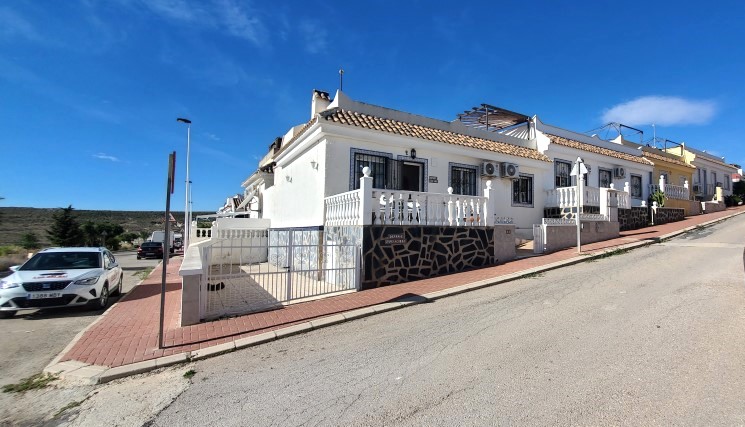Property search
Guide to Aguilas
The city of Aguilas is one of the delightful port cities located on the Costa Calida. A tradition of seafaring now combines with a wide range of tourist facilities, making the most of one of its main attractions, the extensive coastline. Aguilas, an old Roman fishing port, was established in more modern times during the Enlightenment, when in 1785 it began to operate as a port of exit for the produce of the Murcia regions fertile fields. In the 19th century it became a major mining enclave, a reminder of which times is the Hornillo jetty, where iron, lead and silver from the nearby mines were loaded onto ships. In the center of the city, with a rich seafaring flavour, it is worth visiting Plaza de Españas beautiful gardens full of rubber plants, the City Hall (19th century), and the parish church of San José, where the image of the patron saint is housed. At the top of the old town, standing on a promontory, is the castle-fortress of San Juan de Aguilas, built in 1579 for purposes of defence. Below it sits the port and its characteristic black-and-white striped lighthouse, in operation since the mid-19th century. The towns Food Market and the railway monument are other places of interest.
This seafaring town offers the visitor an extensive coastline stretching some 34 kilometres, a fact which, when combined with an enviable average temperature, makes it one of the main tourist destinations in the Murcia region. We can find solitary coves and beaches with crystal-clear water, such as La Higuerica, La Carolina or Calabardina; urban beaches, such as Las Delicias; and one of the best areas on the Mediterranean coast for scuba diving, thanks to some excellent rocky sea beds, above all on Fraile Island and in the area around the rock of Cape Cope.
Around Aguilas you can observe other places of striking beauty, such as the Cuatro Calas Protection Area.
It is worth highlighting its Carnival, declared to be of National Tourist Interest.
Created by the local authorities and financed by the Aguilas Tourist amenities creation fund, it was opened to the public in October 2002.
It holds a collection showing the characteristics which are most representative of the spirit of the Aguilas Carnival. The day time parades with their imagination feathers and sequins the night time celebrations with their element of greater daring. The most representative figures such as the Muse, master meat, Dame Lent and Mussona.
There are articles on display which recall the Carnival in the olden days, with the crow and the egg shell full of confetti, classic symbols of our festivities which were placed on the official Spanish tourist calendar in 1997. There is also a collection of Carnival posters dating back across the years.
During the first two weeks in February Aguilas grows considerably in population as people arrive from all over Spain to celebrate the Aguilas Carnival, either to take part in the 4 days of processions or just soak up the amazing atmosphere. This is one of the largest carnivals in southern Spain culminating on the last Saturday with the final parade when winners from other towns and cities join the locals for a spectacular display.
The old railway pier in Hornillo, built by South East Rail British company in the 19th century, a revolution at the time ,was first used in 1903 for loading local minerals and timber from the in land town of Puerto Lumbreras, roughly translated to, lumber distribution point. Although not in use today, the old tracks can be followed in land to the railway museum.

 +34 968 199 068
+34 968 199 068 +44 845 5570920
+44 845 5570920









